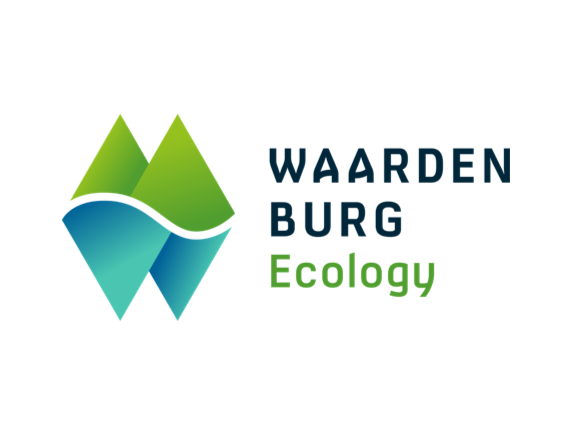Waardenburg Ecology
Birds, bats, marine mammals, fish, and benthic habitats all play a vital role in the ecosystem of the North Sea. To learn more about the ecological effects of our wind farm and to make this knowledge available for the construction of future wind farms, Waardenburg Ecology developed a comprehensive monitoring programme based on their decades of knowledge and expertise.

Monitoring the effects of bird innovations
Waardenburg Ecology monitors the effects of the various bird innovations, such as the corridor between the turbines, the height of the turbines, the use of a topcoat on the blades and deterrence. Waardenburg Ecology uses data from bird radars and cameras in the wind farm, and from observations by their experienced bird ecologists. In collaboration with Birdlife Norway, they place GPS trackers on great black-backed gulls. Waardenburg Ecology also tags songbirds to learn more about the movements of migratory bird inside and outside the wind farm. By using aerial surveys, we want to gain a broader understanding of how birds respond to the wind farm and whether habituation may be occurring.
Additionally, Waardenburg Ecology helps us research and monitor bats. Currently, little is known about bats at sea. The knowledge that we gain and share will help future wind farms. Think about the presence of specific species, flight heights, collisions, and motives for being in the wind farm. Waardenburg Ecology uses several techniques for the research and monitoring, such as acoustic sensors, thermal cameras and MOTUS antennas.
Preventing casualties
By combining different measuring instruments, Waardenburg Ecology can get a better understanding of the number of casualties per wind turbine and the ways – such as curtailment – to prevent casualties. To further improve this curtailment provision, Waardenburg Ecology is also investigating which behaviours and weather conditions can lead to increased collision risk with the rotor blades. An alternative method to reduce bat casualties is also being tested onshore: by using an ultrasonic speaker, we expect to scare bats away from the rotor area and thus reduce the number of collisions.
Where possible we leave the underwater ecosystem alone during the construction and operation of the wind farm and increase its biodiversity. There used to be a lot more wood in the North Sea. With the disappearance of the wood, the presence of species living on, in or among the wood has greatly declined. That’s why we work with Waardenburg Ecology to add trees on the seabed (tree reefs) to see which species are using it. They are also researching the effect of different types of protective layers around the foundations and extra holes in the monopiles. In addition, Waardenburg Ecology investigates whether we can stimulate the development of Sabellaria reefs (tubeworm) and reintroduce these reefs in the future in places where they have disappeared. Waardenburg Ecology has set up a comprehensive monitoring programme for this purpose that includes video images, e-DNA samples, and soil scrapings.
A wealth of knowledge and experience
Since the foundation in 1979, Waardenburg Ecology has objectively and scientifically investigated everything that flies, soars, scurries, slithers, swims and blooms and seeds, resulting in a wealth of knowledge and experience across all fields of ecology. Watch the video and learn more about Waardenburg Ecology.
© Images and copy in collaboration with Waardenburg Ecology


innovations
Related articles





